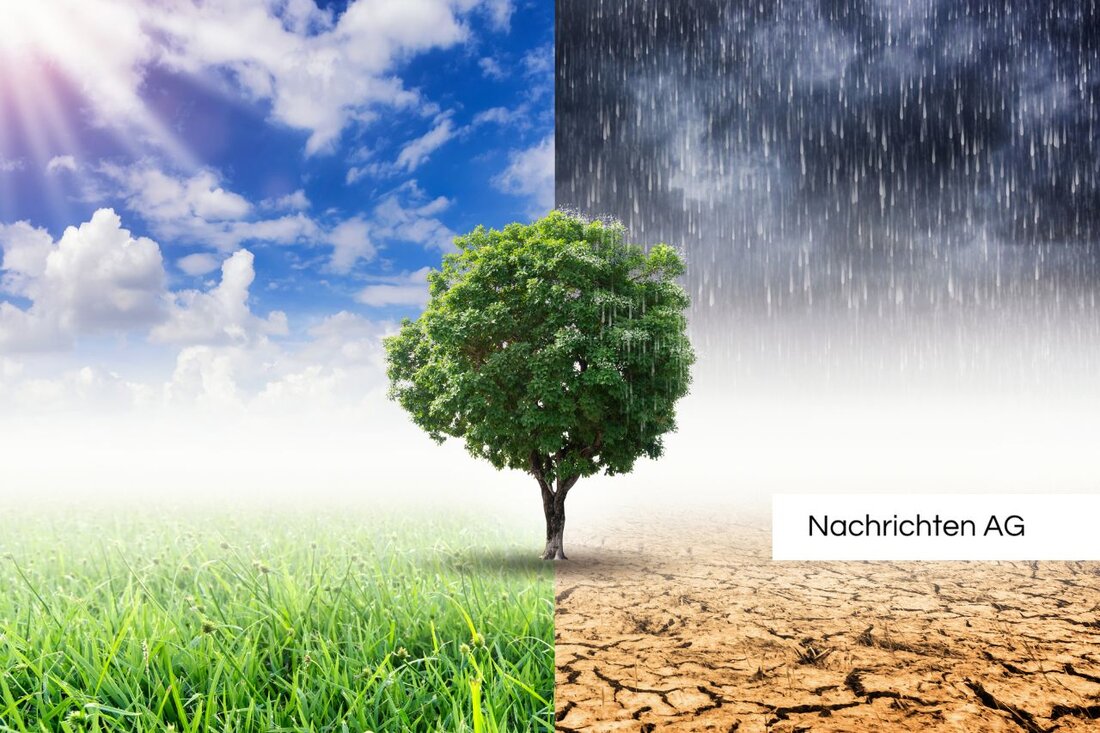Moor drama in MV: Climate protection or farm interest in conflict?

Moor drama in MV: Climate protection or farm interest in conflict?
Mecklenburg-Vorpommern, Deutschland - What is happening in Mecklenburg-Western Pomerania? One topic that currently heats the minds in the country is the rewetting of the bogs. This has been discussed for years, although the climate elevation of this measure should not be underestimated. As reports [nordkurier.de] (https://www.nordkurier.de/regional/Mecklenburg-Vorpommern/dieses-thema-koenn-den-dag-mv-zum-kochen--3682713), drained bogs are the largest source of climate emissions in the country-around 6.2 million tons are slumbering every year Carbon dioxide equivalent. The majority of these emissions come from drained bogs that urgently need attention.
The focus is on around 285,000 hectares of hectares in Mecklenburg-Western Pomerania, of which around 82,000 hectares of forest moor. Tragic, but true: Around 63% of the forest bogs are now moderate to heavily drained. This development is not only a loss for nature, but also endangers the country's climate neutrality goals until 2040. Federation and countries, including the SPD and the left in the state parliament, are committed to legal clarifications in order to enable re -interrogation as not equating with forest conversion. This is the only way for forest owners can legally renaturalize their areas and become part of the climate protection.challenges and goals
The State Audit Office has critically examined the implementation of the moor protection strategy: only 30% of the set goals have been achieved so far. It was planned to revitalize a total of 49,000 hectares of dried bogs between 2010 and 2020. In fact, however, only 15,000 hectares could be wasted again. The criticism of the alliance green of the state government is increasing, since the delays in rehearse in rehearse are seriously jeopardizing the climate goals.
Experts emphasize that the progress in re -interlocking can be expected from 2030 at the earliest. These major projects require long priority times, and rewetting must be planned as a overall concept at the level of the water catchment areas. Even technical structures for storage water storage could be necessary to provide the necessary water resources in sufficient quality and quantity, as well as agricultural chamber.de notes.
moor protection as a way to climate neutrality
An optimistic light at the end of the tunnel is the development of bog -saving usage concepts, which also work under higher water levels. The idea of creating alternative added value through biomass for energetic exploitation offers potential. In addition, moor value paper for the compensation of emissions for companies and private individuals could come to the table, such as [government-mv.de] (https://www. government-mv.de/landesgiegung/lm/umwelt/nachthaltigen- Development/schutz-und-nutzung-der-moore-in-mv) mentioned. Average could be saved by rewetting for each hectare 10 tons of carbon dioxide equivalents per year.
The challenges are great, the uncertainties among forest owners and farmers grow out of concern for legal and economic aspects. Nevertheless, moor protection is a contribution that can only pay off if everyone involved pulls together and seek new ways. So let's be excited to see how the situation develops and whether Mecklenburg-Western Pomerania with a coherent moor protection strategy can take the course towards climate neutrality by 2040. Perhaps the key to climate protection in northeastern Germany is in the bogid future!
| Details | |
|---|---|
| Ort | Mecklenburg-Vorpommern, Deutschland |
| Quellen | |
